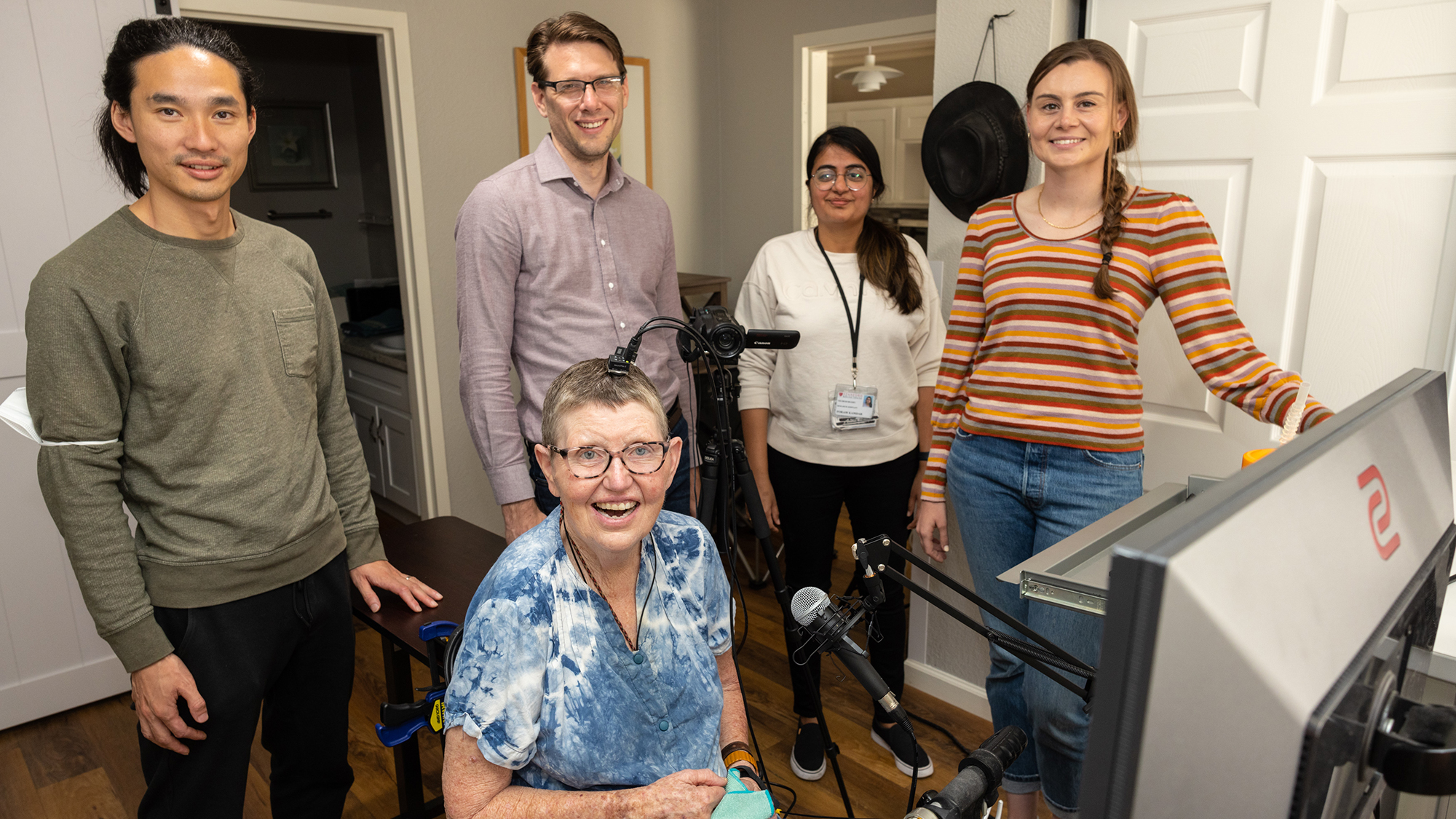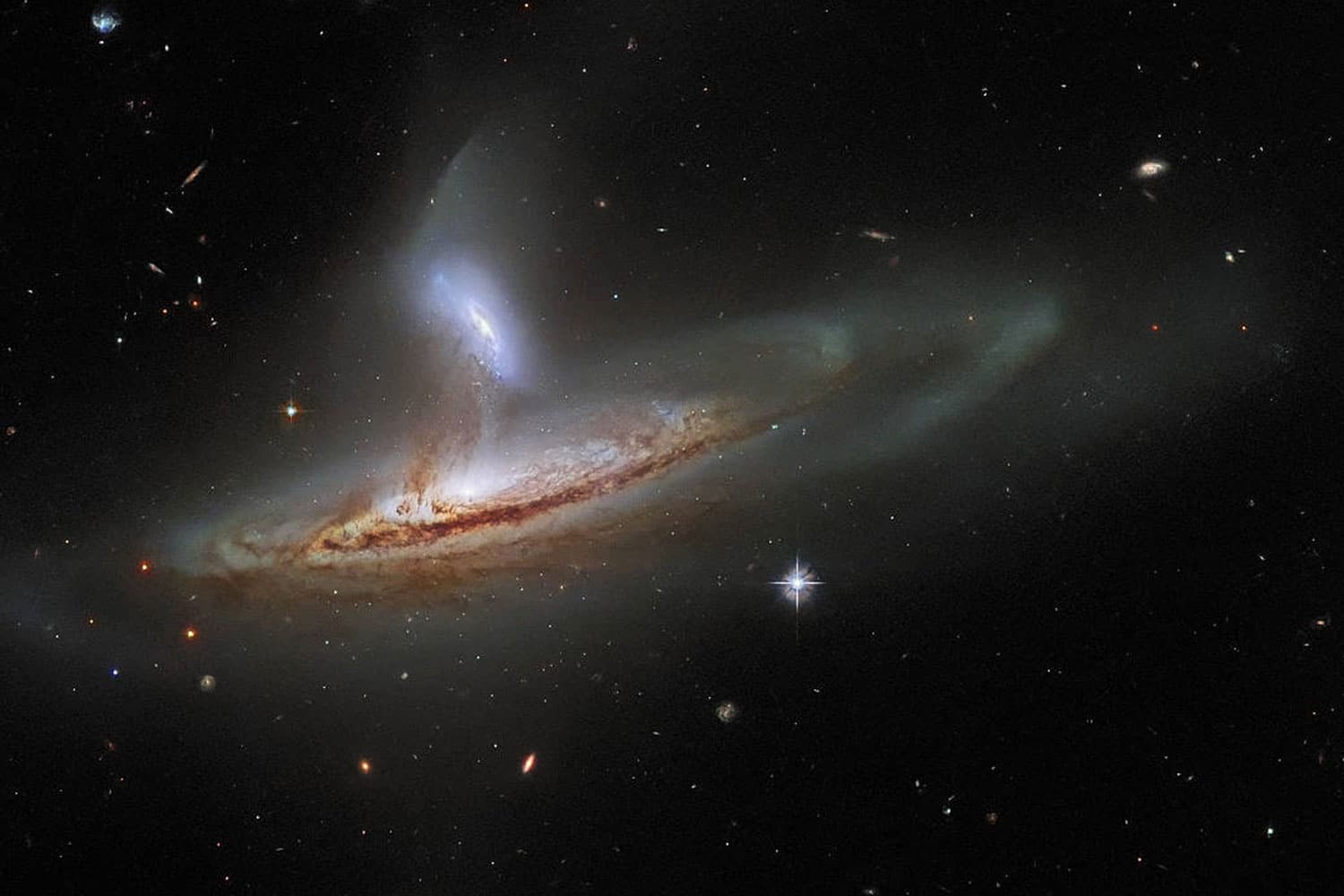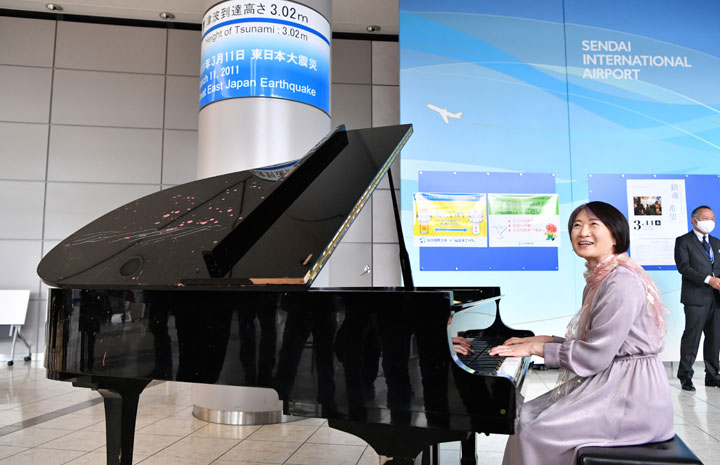In the face of devastating economic losses, residents are asking visitors to return—but respectfully.
Published September 5, 2023
8 min read
LiAnne Driessen had moved into her grandparents’ home in Lāhainā four years ago, a home destroyed in the August 8 wildfires that razed the historic coastal town and killed at least 115 people. Everything—except for a mango tree her kūpuna (grandparents) had planted from a seed 50 years ago—is gone.
Now the Native Hawaiian wife and mother of two faces losing the Maui-based sailboat tour company that her family started 50 years ago. It had been booking 80 to 90 snorkel and dinner sails a week. Overnight, she says, it lost 80 percent of its business. Her husband, a first mate and captain-in-training, had to be laid off. “We’re barely hanging in there,” says Driessen. “It’s scary. We barely survived COVID.”
Livelihoods across one of Hawaiʻi’s most popular islands are suffering as a result of one of the deadliest U.S. wildfires in a century. According to the Hawaiʻi Department of Business, Economic Development, and Tourism, about three million tourists visit Maui each year, spending about $5.4 billion. Before the wildfires, about 8,000 people were arriving on Maui each day. Now, it’s around 2,000.
After advising travelers to stay away, lawmakers, tourism officials, businesses, and even residents are now urging them to visit—mindfully.
“We are definitely hoping visitors come back,” says Wisa Miller, who works at Aliʻi Kula Lavender, a 13.5-acre lavender farm that offers tours and runs a gift shop. “I know people on the outside are confused because some social media posts say to stay away and others saying to come. Our island is reliant upon tourism. We need resources to get back on our feet right now.”
But traveling currently to Maui is complicated. It may seem insensitive to sip a mai tai at a hotel pool in Wailea, but every dollar a visitor spends on the island helps its economy, explains Ilihia Gionson, public affairs officer for the Hawaiʻi Tourism Authority.
“People have lost everything, and now they’re losing their jobs,” Gionson says. “Maui has an economy, for better or worse, that right now is very dependent on visitor spending. Shopping at local shops, eating at local restaurants that support local farmers, doing activities run by small local businesses—those dollars are directly supporting the residents; they are directly keeping local people employed.”
Twin disasters
In the days after the wildfire, Hawai‘i issued an advisory discouraging nonessential travel to West Maui—including Lāhainā—through October 17. Locals took to social media pleading to visitors to cancel their trips. Tourists have heeded the warning, canceling vacations and staying away. But the result is a dramatic economic downturn that’s crippling Maui’s ability to recover.
(Lāhainā was a glittering jewel of the Hawaiian kingdom.)
“We also have to support all of Maui,” Hawai‘i Governor Josh Green said in an August 27 update on Facebook. “Because we know if it survives and thrives, all the people who have jobs there will also recover more quickly.”
Tourism revenue not only supports local businesses and their employees, it generates state and county taxes, funding roads, schools, and public spaces.
With the sudden collapse of tourism on Maui, businesses face a tough choice. Restaurants like Tin Roof in Kahului, about 22 miles east of Lāhainā, have reduced their hours. The popular Hāliʻimaile General Store, about 30 miles east of Lāhainā, decided to close temporarily. MauiWine, which has been cultivating grapes on the slopes of Haleakalā and crafting wine for more than 40 years, furloughed some of its staff.
“It runs the gamut across our entire island, from wedding companies to restaurants to mom-and-pop surf shops and stands serving shave ice,” explains Pamela Tumpap, president of the Maui Chamber of Commerce, which has about 650 members.
The economic loss for West Maui alone—both in business sales and visitor spending—is estimated at $9 million a day, according to the Hawaiʻi Tourism Authority. In late August, the state reported 4,444 new unemployment claims were filed in Maui, a 3,603 percent increase from the average weekly claims before the fire.
(This bird survived Maui’s fires—but it could soon vanish.)
“You have this incredibly tragic and horrible event that we should all be focused on, where we should be putting all of our energy. But there’s a second tragedy coming and everyone is shifting to that,” says Graeme Swain, owner of the Gather Restaurant Group, which owns and operates two restaurants on Maui, including the Hāliʻimaile General Store. He’s had to lay off about 80 percent of his staff at his other restaurant, Gather on Maui, near Kīhei. “It was a painful and very, very depressing decision that I had to make. I’m very concerned that, with the island of Maui in particular, if we don’t get people back here, we can’t survive.”
Maui is open; Lāhainā is not
“The situation is dire,” says Markus Schale, the managing director of the Hotel Wailea, Relais & Châteaux, which is providing housing for Federal Emergency Management Agency (FEMA) relief staff. The 72-suite boutique accommodation located about 28 miles south of Lāhainā saw its tourism occupancy drop to almost 10 percent after the wildfires. The hotel had to furlough some of its staff.
“We need to make sure visitors to Maui feel good about coming here because they are actually helping the community of Maui get back on its feet.”
One way is to heed the state’s plea to avoid West Maui. “Do not go into Lāhainā,” Tumpap says. “It’s going to be a long healing process. We’re asking people to do the right thing. We know it’s a beautiful spot, but let Lāhainā recover right now.”
While Lāhainā and other parts of West Maui—including the popular Kāʻanapali and Kapalua areas—are off limits to visitors, other areas are open, including Kīhei and Wailea on Maui’s sunny south shores, the artsy surf town of Pāiʻa on its north shore, and the charming and remote Hāna on the eastern shore.
(How to turn overtourism into sustainable global tourism.)
“Hawaiʻi is a very small town that happens to be spread across islands,” Gionson says. “When one community in the Hawaiian Islands is injured, we are all injured. We all jump in to support and uplift those of our family, friends, and neighborhoods who need it most. So traveling anywhere in Hawaiʻi right now is helping Maui. But traveling to Maui is directly helping Maui.”
Despite what has been circulating on social media, Maui residents assure visitors will be welcomed—as long as they’re respectful while they’re on the island.
“The magic of Maui and aloha spirit that people cherish worldwide is still here,” Tumpap says. “You can come, and you coming will make a difference.”
Catherine Toth Fox is a food and travel writer and editor in Honolulu. Follow @catherinetothfox on social media.
Note: This article have been indexed to our site. We do not claim legitimacy, ownership or copyright of any of the content above. To see the article at original source Click Here













